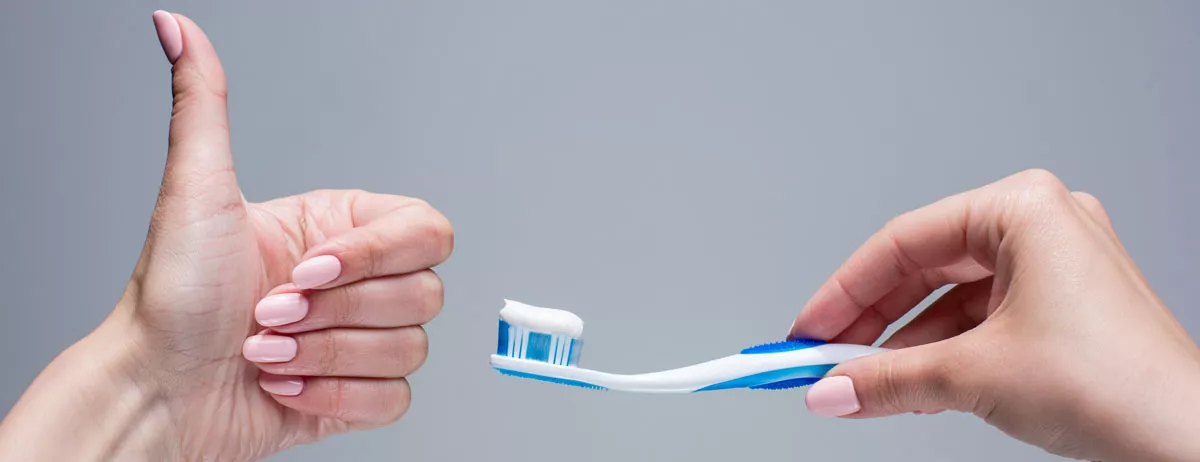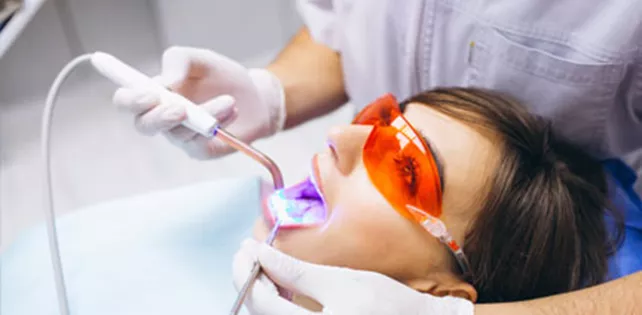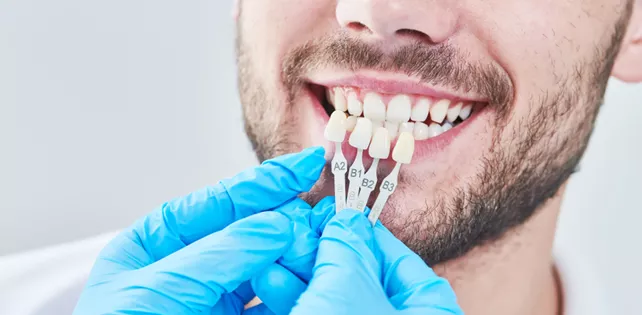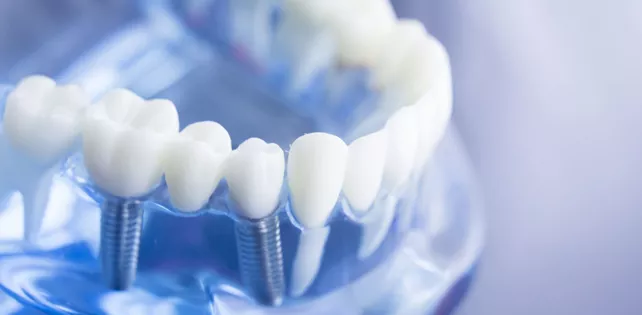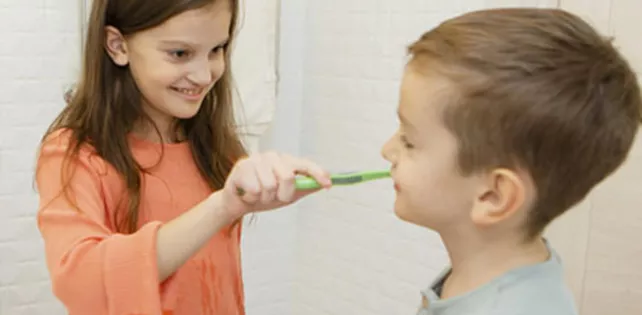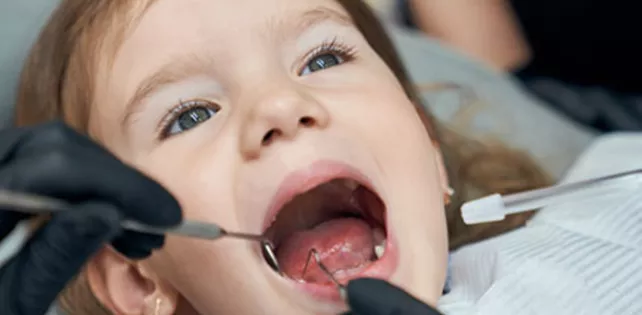Things to Know About Toothbrushes: Types, Usage, and Care Tips
The toothbrush is an essential tool for maintaining oral hygiene and preventing dental problems. Choosing the right toothbrush and using it properly can significantly impact your dental health. This article covers everything you need to know about toothbrushes—from different types to effective brushing techniques and how to care for your toothbrush.
Types of Toothbrushes
Toothbrushes come in various forms, each designed to cater to different needs:
Manual Toothbrushes
Manual toothbrushes are the traditional type, available in various bristle textures such as soft, medium, and hard. Most dental professionals recommend soft-bristled brushes because they clean effectively without damaging gums or enamel.
Electric Toothbrushes
Electric toothbrushes have become increasingly popular due to their efficiency and ease of use. They often feature rotating or vibrating heads that provide superior plaque removal. Some models include timers and pressure sensors to improve brushing habits.
Interdental Brushes
These small brushes are designed to clean between teeth and around braces or dental implants where regular brushes might not reach effectively.
Specialty Toothbrushes
There are toothbrushes tailored for specific conditions, such as orthodontic toothbrushes for braces wearers, baby toothbrushes with gentle bristles, and travel toothbrushes for convenience.
How to Choose the Right Toothbrush
When selecting a toothbrush, consider the following factors:
- Bristle Softness: Choose soft bristles to avoid damaging gums and enamel.
- Head Size: A smaller head can reach all areas of your mouth more easily.
- Handle Comfort: Ensure the handle is easy to grip and maneuver.
- Electric vs. Manual: Decide based on your personal preference, budget, and dental advice.
Proper Toothbrushing Technique
Using the right technique maximizes the effectiveness of your brushing:
- Hold the toothbrush at a 45-degree angle to your gums.
- Use gentle circular or back-and-forth strokes to clean all surfaces.
- Brush for at least two minutes, twice a day.
- Don't forget to clean your tongue to remove bacteria and freshen breath.
How to Care for Your Toothbrush
Proper maintenance ensures your toothbrush remains effective and hygienic:
- Rinse thoroughly with water after each use.
- Store upright in an open area to air dry; avoid closed containers that promote bacterial growth.
- Replace your toothbrush every three to four months or sooner if bristles are frayed.
- Avoid sharing toothbrushes to prevent cross-contamination.
When to Replace Your Toothbrush
Replacing your toothbrush regularly is crucial. Worn bristles clean less effectively and can harbor bacteria. Replace your toothbrush if:
- The bristles become frayed or worn out.
- You have been sick recently to avoid reinfection.
- After three to four months of regular use.
Common Myths About Toothbrushes
Understanding facts helps in maintaining good oral hygiene:
- Myth: Hard bristles clean teeth better.
Fact: Hard bristles can damage gums and enamel. Soft bristles are recommended. - Myth: You must brush hard to remove plaque.
Fact: Gentle brushing is more effective and safer for teeth and gums. - Myth: Electric toothbrushes can damage teeth.
Fact: When used properly, electric toothbrushes are safe and effective.
